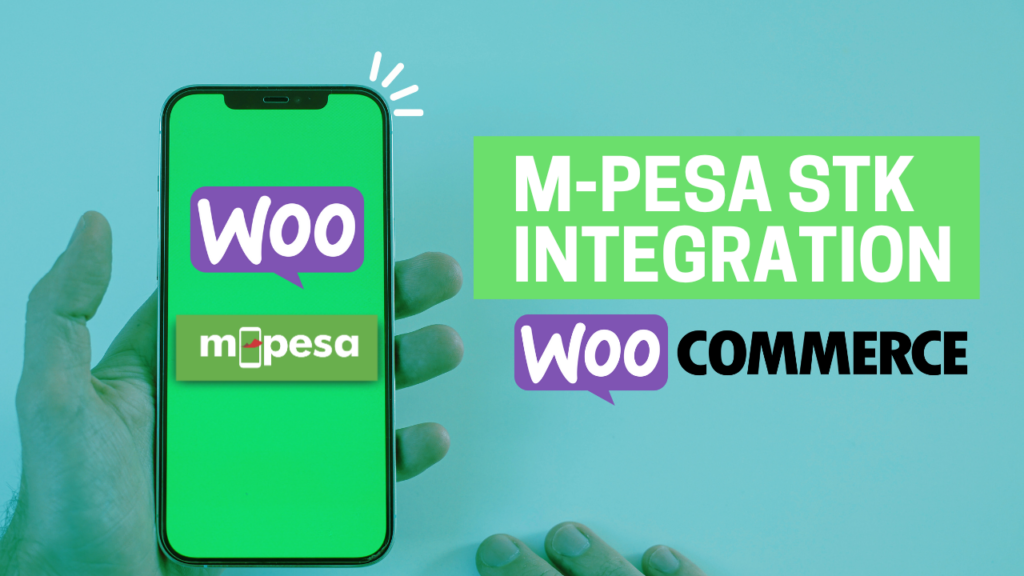M-PESA, WooCommerce
Mistakes to Avoid when Integrating Mpesa in WooCommerce
Integrating Mpesa in WooCommerce can be a game-changer for your eCommerce business. However, there are some critical mistakes to avoid to when integrating Mpesa in WooCommerce. In this article, we’ll outline the key mistakes to watch out for.
1. Ignoring Compatibility Issues
Firstly, one of the most common mistakes to avoid when integrating Mpesa in WooCommerce is overlooking compatibility. It is essential to verify that the Mpesa plugin or extension you plan to use is compatible with your version of WooCommerce and WordPress. If there’s any doubt, check the plugin’s reviews and ensure it has been updated to work with the latest versions of WooCommerce. Ignoring this step can lead to technical issues, which may disrupt your business operations.
2. Neglecting Proper Testing Before Launch
Another mistake to avoid when integrating Mpesa in WooCommerce is skipping thorough testing. Before going live, it is crucial to test the entire payment system to ensure that transactions are processed correctly. Set up a staging environment where you can simulate real payment transactions. By doing this, you can identify any potential issues, such as data miscommunication or payment failures, and resolve them before your customers experience any disruptions.
3. Overlooking Security Protocols
Security should be a top priority during the integration process. One mistake many store owners make is not implementing robust security measures. To prevent any vulnerabilities, ensure that your website is using HTTPS encryption, especially during payment transactions. Additionally, always select plugins and tools that adhere to the latest security standards. Without proper security, your customers’ sensitive information may be at risk, which can damage your reputation and trustworthiness.
4. Not Adjusting Currency and Country Settings
An often overlooked step when integrating Mpesa in WooCommerce is adjusting your store’s currency and country settings. Since Mpesa is mainly used in Kenya and some neighboring countries, it’s important to configure WooCommerce to accept payments in the correct currency (Kenyan Shilling – KES). Also, restrict Mpesa as a payment method to countries where it is available. Failure to do this can result in payment failures, leading to a poor user experience.
5. Lack of Clear Customer Support for Mpesa Users
Finally, a crucial mistake is neglecting to offer customer support tailored to Mpesa users. If your customers encounter issues during payment, they should be able to easily contact you for assistance. Ensure that you provide clear instructions on how Mpesa works and include dedicated support channels for any payment-related inquiries. A lack of support could lead to frustration, abandoned carts, and loss of sales.
In conclusion, integrating Mpesa in WooCommerce can greatly enhance your eCommerce platform’s payment capabilities. However, to ensure smooth and secure transactions, it’s vital to avoid mistakes such as ignoring compatibility, skipping testing, overlooking security, not adjusting country and currency settings, and neglecting customer support.


Pingback: Test Mpesa Payments without Real Money on WooCommerce
Pingback: Best Practices to Secure Mpesa WooCommerce